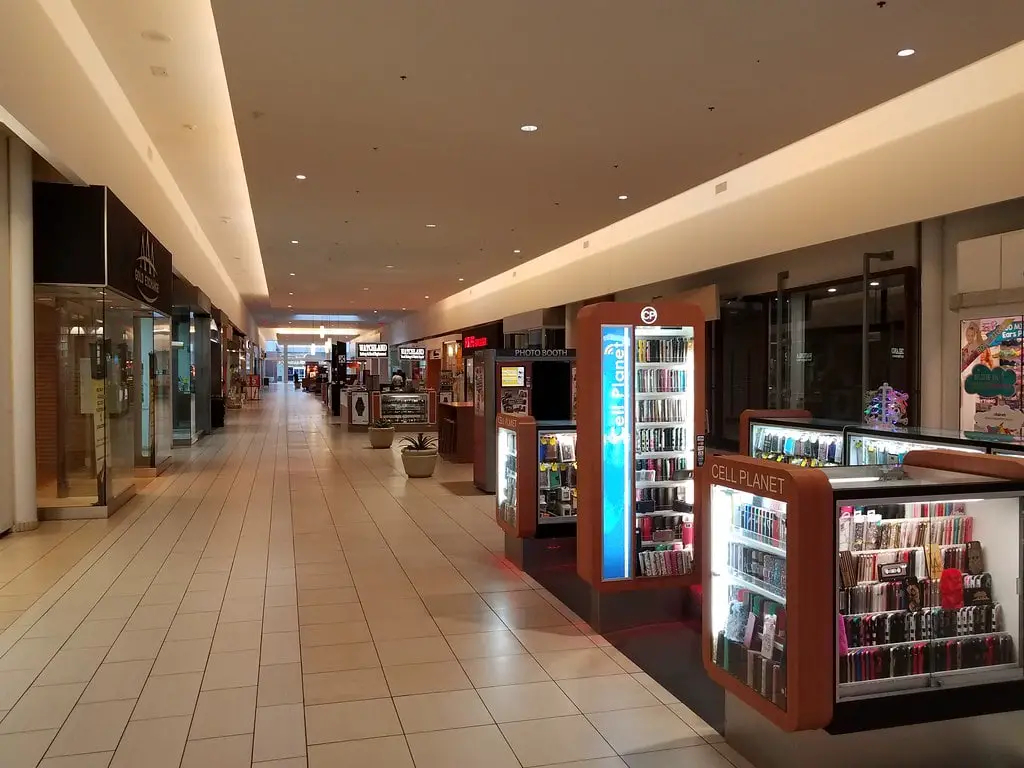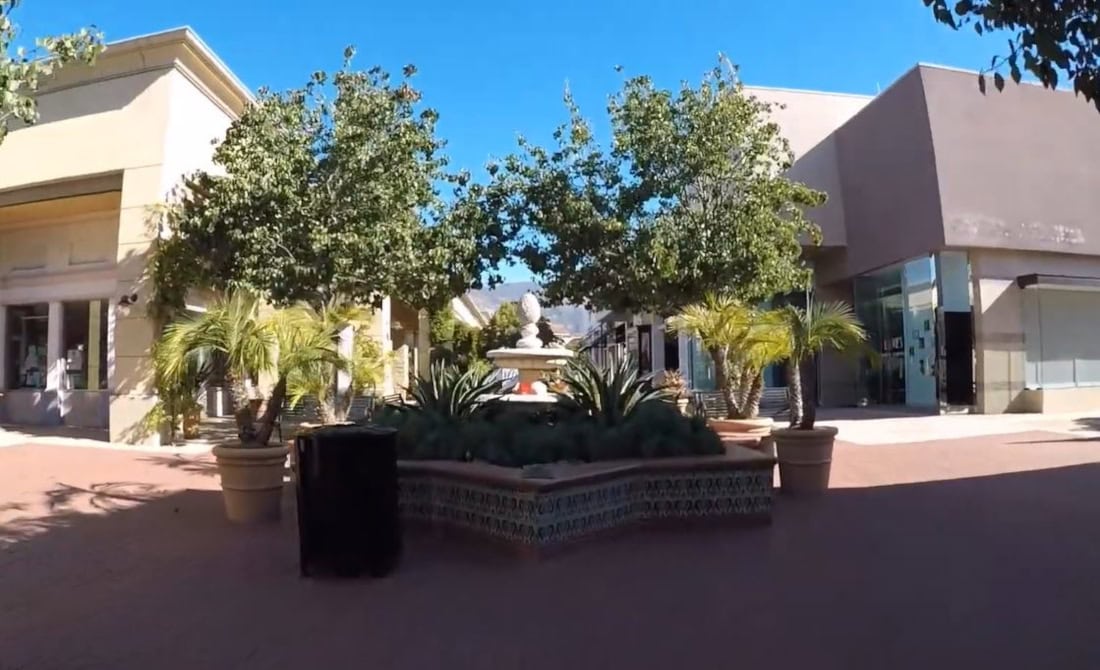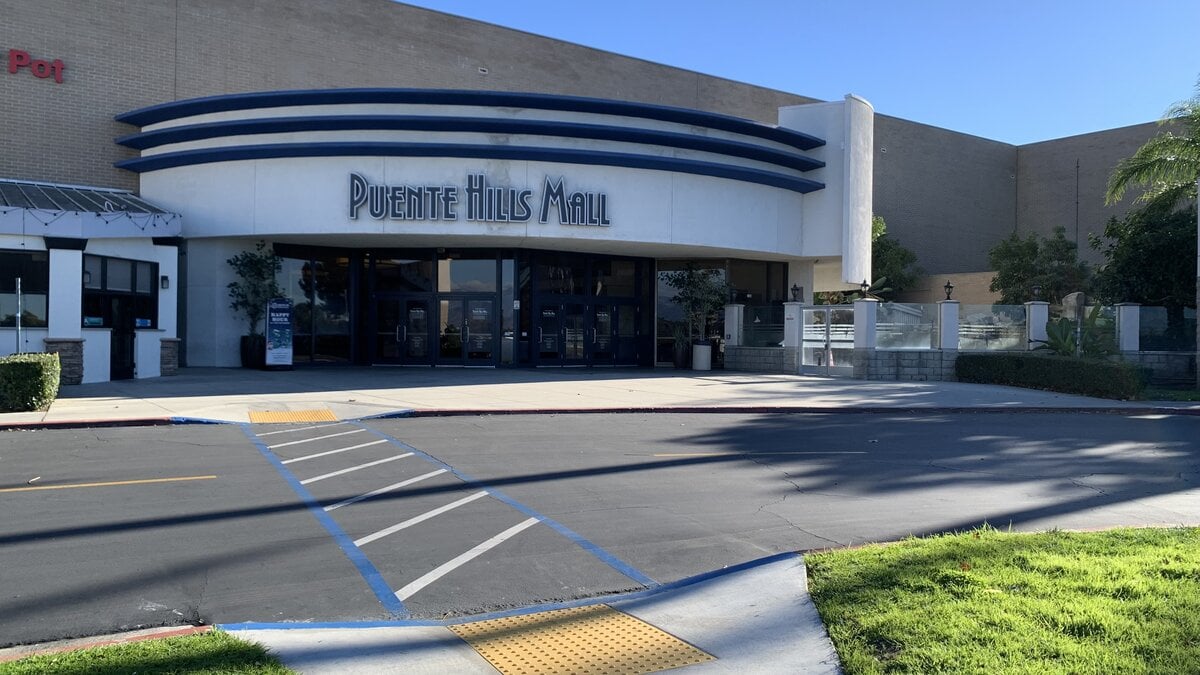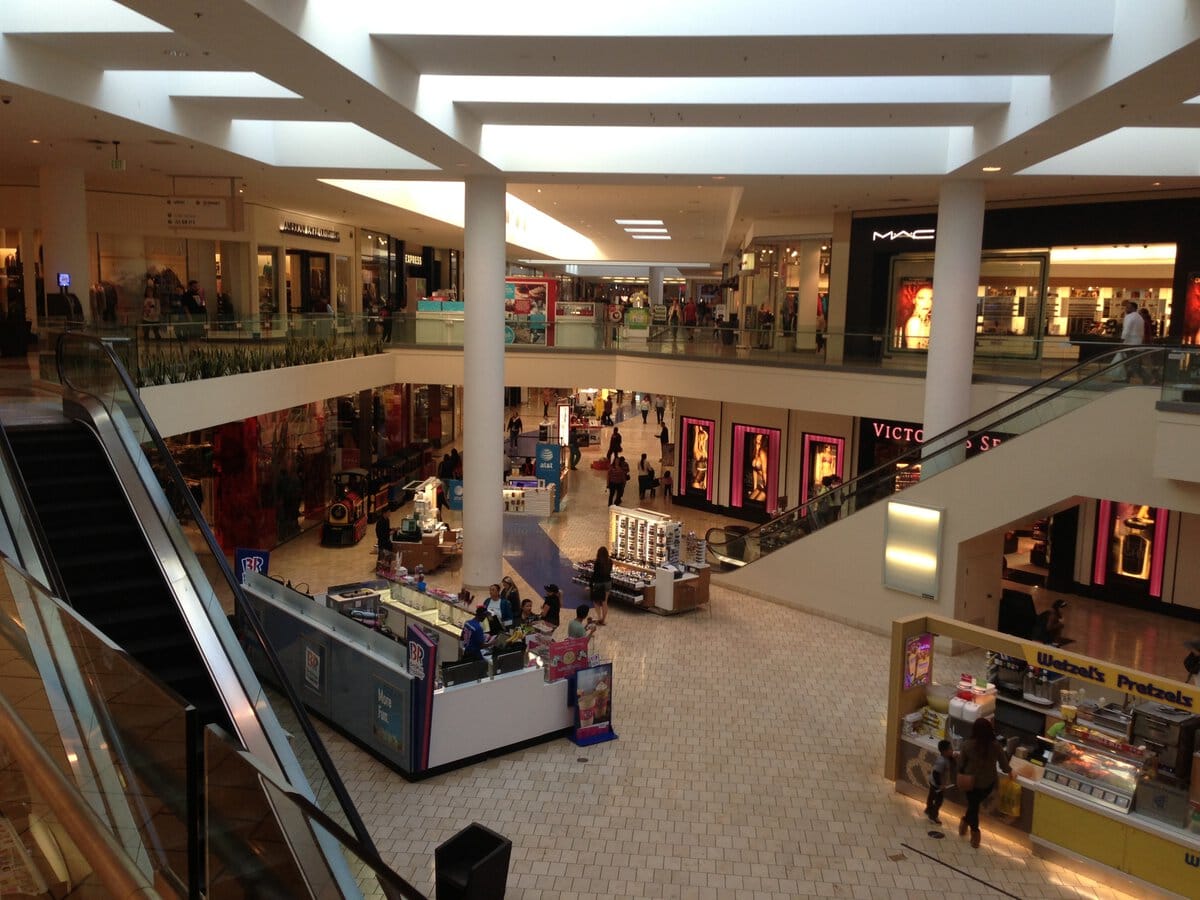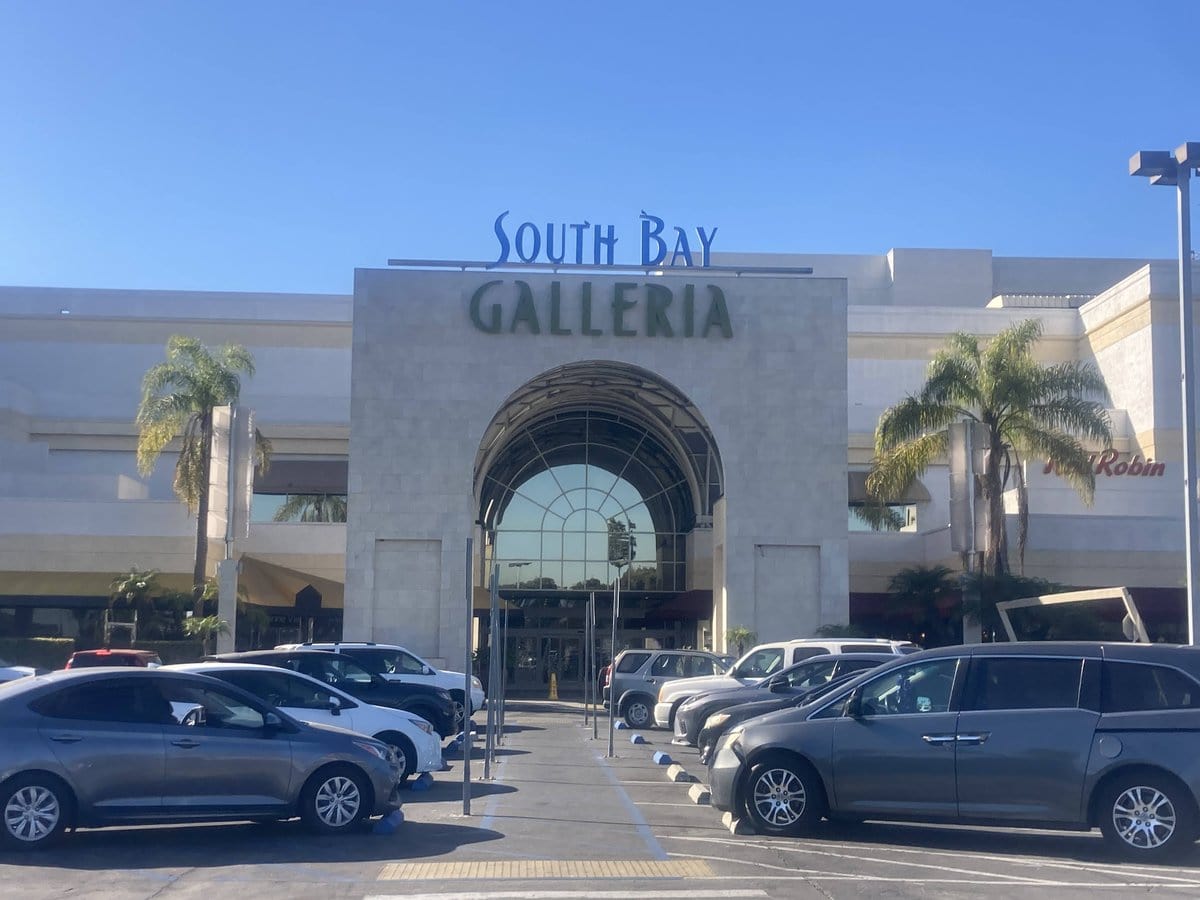Commercial Groundbreaking and Early Retail Buildout
The site at North Tustin Street and East Meats Avenue in Orange, California, was little more than a wide-open lot.
It was commercially zoned but undeveloped when Sears opened a standalone department store there in 1967. That move wasn't random.
Sears had already spent decades building its name into suburban retail grids, and Orange offered the mix of growing neighborhoods and road access that fit their expansion model.
By 1970, a broader plan took shape.
The remaining 63 acres were allocated for a full shopping mall - enclosed, air-conditioned, and anchored by the Sears building already in place.
Developer Harry Newman Jr., president of Newman Properties and also head of the International Council of Shopping Centers, led the effort.
The design was handled by the Pasadena-based architectural firm Ainsworth & McClellan. It wasn't a minimal setup.
The final layout reached 900,000 square feet, with room for 80 interior retail tenants plus a parking lot that could hold 4,700 cars.
Two department stores framed the original plan: the preexisting Sears, with 273,500 square feet of space, and a new location for The Broadway, built to 167,500 square feet.
The mall interior featured full carpeting - a design detail unusual for Southern California at the time - and a central aisle long enough to stage events, seasonal decorations, and children's play areas.
Construction finished in time for a public opening on August 16, 1971.
At launch, it operated under the name Orange Mall.
It wasn't long before the entertainment side kicked in.
AMC opened its Orange Mall 6 theater just four months later, in December 1971.
That theater had 1,800 seats and was the first six-screen complex built on the West Coast.
It sat on the same lot but wasn't attached to the mall structure itself.
This early layout and mix of tenants placed Orange Mall among the early contenders in Southern California retail.
In the 1970s, this mall often made the list for anyone searching for things to do south-east of Los Angeles.
Retail Tenant Rotation and Physical Renovations
In 1977, Woolworth's closed its store at the mall.
The space didn't stay empty long. That same year, JCPenney took over the spot, adding another anchor to the center's retail lineup.
The mall kept its original name through the 1980s and into the early 1990s, but the anchor mix kept shifting.
When Broadway shuttered in 1996, the chain was folded into Macy's, and that wing of the building was repurposed for a Walmart.
Unlike Sears and JCPenney, Walmart wasn't new to California, but this one was tailored for a former department store footprint, which changed the layout of that end of the structure.
The AMC theater closed its doors on April 20, 1997.
No replacement tenant moved into the theater space in the years that followed.
Its closure echoed broader trends in cinema during the late '90s as multiplexes started to concentrate in larger lifestyle centers or standalone buildings with more parking and upgraded seating.
In 2003, the mall underwent a $57 million renovation.
Management replaced much of the interior finishes, introduced new store designs, and added a food court at the center of the internal layout.
The project aimed to attract younger shoppers, especially teens and families, by giving the space a fresher, more modern atmosphere.
That renovation marked the most extensive physical change to the property since its opening in 1971.
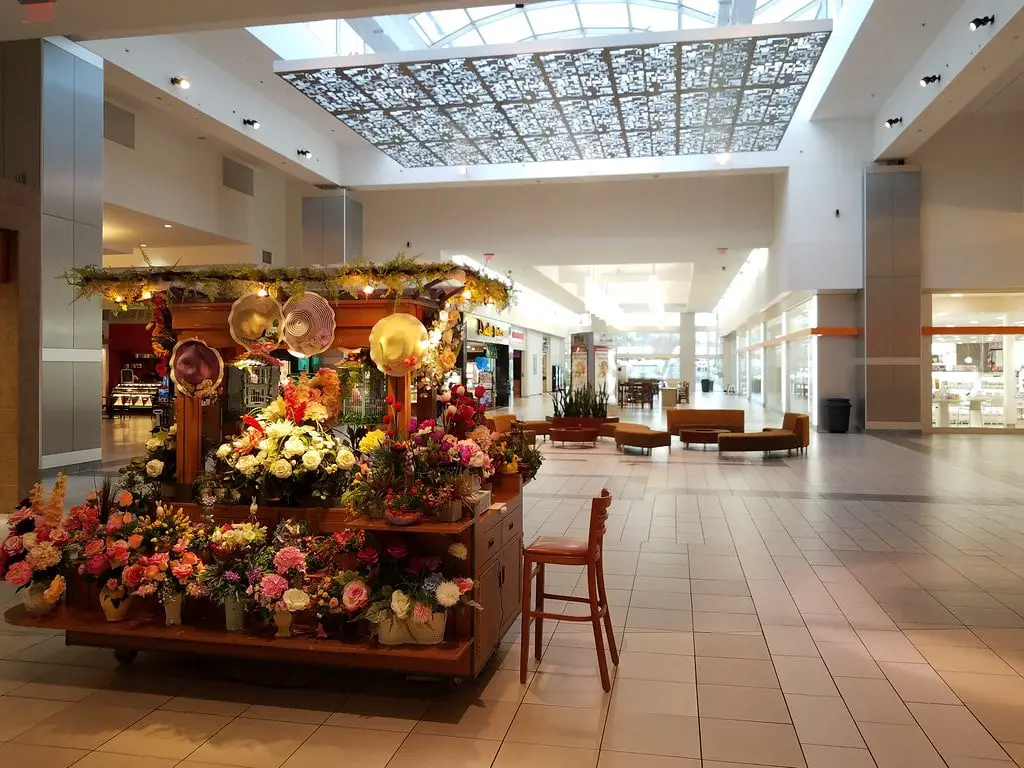
Anchor Closures and Mallwide Decline
Things began to slow down in 2009. Linens 'n Things, one of the later additions to the tenant list, closed during the chain's national collapse.
Sprouts Farmers Market took over the space later that year.
The substitution kept the square footage active but didn't bring the same foot traffic to the enclosed interior.
The real drop started in 2017. On March 17 of that year, JCPenney announced it would close its The Village at Orange location.
The store shut down on July 31, leaving a major anchor wing without a draw.
Then came Sears. In January 2021, its parent company, Transformco, announced that The Village at Orange location would close on April 18, 2021.
That departure ended Sears' 54-year run on the property.
At that point, Walmart was the only remaining original anchor tenant that was still open.
Even then, its entrance had shifted to serve outside-facing access, no longer part of the mall's internal traffic flow.
The loss of Sears also ended the connection to the last department store, which still used its original 1967 building.
Though parts of the mall received light updates in 2015, the core layout remained largely unchanged since the 2003 renovation.
However, shoppers had already begun to favor newer centers.
Big-box strips and standalone retailers - especially in nearby towns - drew away regulars.
Visitor counts dropped, as did leasing interest. Interior tenant turnover increased, and vacant rates became more visible.
By 2022, the adjacent Sears Auto Center, operating separately from the main mall building, had shut down.
Retail Exit Strategies and Property Wind-Down
On September 12, 2023, TVO Management sent a formal notice to tenants.
The interior portion of The Village at Orange would close by January 31, 2024.
That message, distributed by written correspondence, didn't use vague language.
It cited two reasons: changes in the retail industry and shifts in customer shopping preferences.
The closure applied only to the enclosed interior section of the property.
Tenants with street-facing entrances - such as Walmart, Sprouts Farmers Market, Trader Joe's, HomeGoods, and Buffalo Wild Wings - were allowed to remain open.
They weren't part of the internal layout that TVO planned to shut down.
Some had moved toward exterior-only operations years earlier.
The deadline was met. On January 31, 2024, the interior portion of the mall closed permanently.
The decision followed years of declining tenant mix, dated design, and shrinking foot traffic.
Interior leasing had become harder to maintain.
And while earlier renovations attempted to refresh the property, none were enough to reverse long-term shifts in retail patterns.
Demolition work began in 2024. Crews removed signage, dismantled interior corridors, and cleared out former retail spaces.
Though no master redevelopment plan had been announced, the teardown process visibly marked the end of that section's commercial use.
CVS and Party City, which had remained open as external tenants, both closed in the spring of 2024.
Others - like Red Robin and Buffalo Wild Wings - kept operations going, using dedicated entrances without dependence on the enclosed mall interior.
The demolition created open spaces where storefronts and shared common areas once stood.
Property managers have kept some utilities running to serve the still-open businesses.
However, the original mall interior, built in 1971, no longer exists.
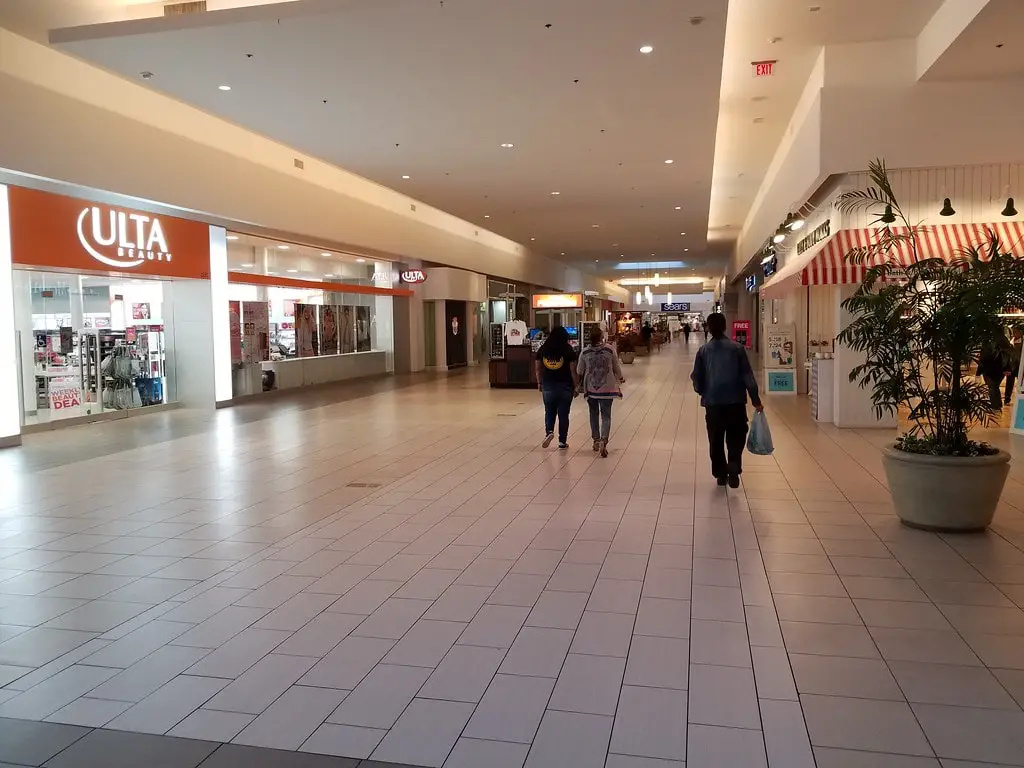
Redevelopment Intentions and Site Uncertainty
The parcel's ownership is split. TVO Management handles the main portion of The Village at Orange, while separate companies hold title to key anchor sites.
Integral Communities, for example, owns the former JCPenney building.
In early 2024, they submitted preliminary paperwork to the City of Orange to explore rezoning that part of the lot for residential construction.
Their proposal included multi-story condominiums and a small number of accessory dwelling units.
As of spring 2025, no public hearings or construction permits had been approved.
Zoning changes would be required before any housing construction could begin.
Until those changes are approved, the building stands vacant.
Transformco owns the old Sears property.
As of late 2024, Panda Mart - a discount retail chain with 100 stores outside the U.S. - was confirmed as the incoming occupant at the former Sears building at The Village at Orange.
The store is the chain's first known location in the United States.
Panda Mart's format is dense and product-heavy.
International footage from stores in New Zealand and South Africa shows a layout packed with thousands of household goods, furniture, toys, electronics, appliances, and garden items.
Merchandise is largely sourced from China-based wholesale distributors.
The layout and scale resemble discount chains like Big Lots or HomeGoods, though the variety per aisle appears broader.
The store's inventory, largely sourced from China, now faces added costs due to newly imposed tariffs.
These trade rules affect a wide range of product categories, and for a discount retailer relying on bulk shipments, the changes could complicate pricing and stock availability.
As of now, The Village at Orange's next phase - if one comes - is still pending.
